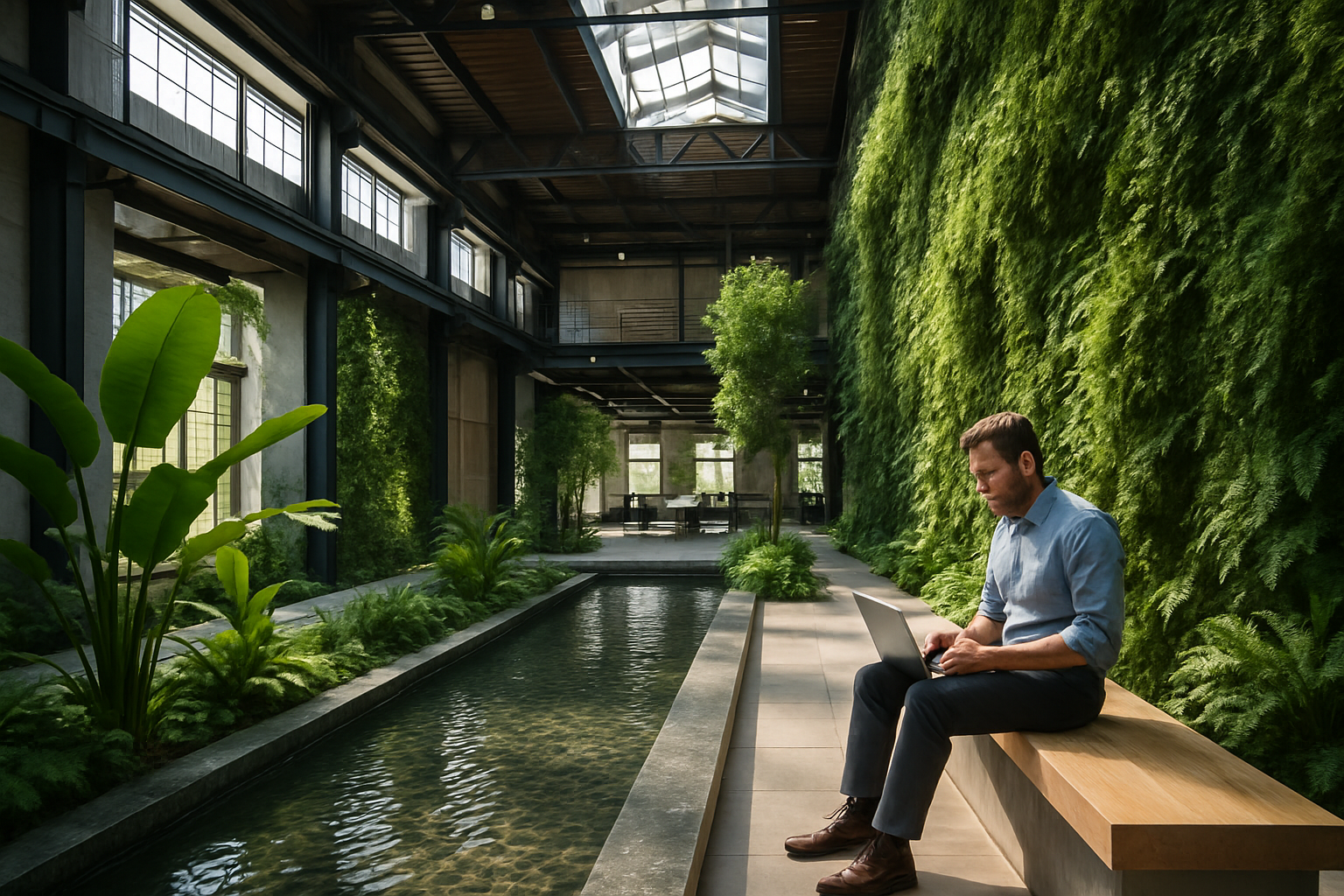Ephemeral Dining: The Rise of Pop-Up Restaurants and Social Connectivity
The culinary world is witnessing a captivating transformation as pop-up restaurants redefine dining experiences. These temporary eateries are not just about food; they're reshaping social interactions, challenging traditional restaurant models, and creating unique community spaces. From abandoned warehouses to picturesque rooftops, pop-ups are turning unconventional locations into gastronomic hotspots, fostering a new era of social dining. Read below to explore the fascinating world of ephemeral dining and its impact on modern society.

The 2008 financial crisis played a pivotal role in propelling pop-up dining into the mainstream. As traditional restaurants struggled, innovative chefs and entrepreneurs turned to pop-ups as a low-risk way to keep their culinary dreams alive. This period saw a surge in temporary eateries, food trucks, and supper clubs, laying the groundwork for the diverse and dynamic pop-up scene we see today.
The Social Psychology of Ephemeral Experiences
The allure of pop-up dining extends beyond the culinary realm, tapping into fundamental aspects of human psychology and social behavior. The temporary nature of these events creates a sense of urgency and exclusivity, triggering what psychologists call the scarcity principle. This phenomenon suggests that people assign higher value to opportunities that are limited in availability or duration.
Moreover, pop-up experiences align with the growing societal trend towards experiential consumption. Millennials and Gen Z, in particular, are known to prioritize unique experiences over material possessions. Pop-up dining satisfies this craving for novelty and adventure, offering not just a meal but a memorable social event that can be shared and discussed long after the pop-up has disappeared.
Community Building Through Shared Culinary Adventures
One of the most significant impacts of pop-up dining is its ability to foster community connections. Unlike traditional restaurants where diners are often isolated at their tables, pop-ups frequently feature communal seating arrangements that encourage interaction among strangers. This setup breaks down social barriers and creates opportunities for meaningful conversations and new friendships.
Research in social psychology suggests that shared experiences, especially those involving food, can significantly enhance social bonding. Pop-up events, with their unique settings and often interactive dining formats, provide the perfect backdrop for these connections to form. As diners collectively navigate the unfamiliar menu or unusual dining environment, they’re drawn into a shared adventure that strengthens social ties.
Culinary Innovation and Cultural Exchange
Pop-up restaurants serve as incubators for culinary innovation, allowing chefs to experiment with bold flavors, unconventional ingredients, and creative presentation styles. This flexibility enables the rapid evolution of food trends and the exploration of diverse culinary traditions, contributing to a more dynamic and inclusive food culture.
Furthermore, pop-ups have become important platforms for cultural exchange. They provide opportunities for immigrant chefs to showcase their native cuisines, introduce diners to unfamiliar flavors, and challenge culinary stereotypes. This cross-cultural pollination not only enriches the local food scene but also promotes cultural understanding and appreciation on a broader societal level.
The Digital Age and the Amplification of Ephemeral Dining
Social media and digital platforms have played a crucial role in the proliferation and success of pop-up dining experiences. Platforms like Instagram and Facebook have become essential tools for pop-up organizers to announce events, build anticipation, and create buzz. The visually striking and often unconventional nature of pop-up dining lends itself perfectly to social media sharing, turning diners into brand ambassadors and content creators.
This digital amplification has transformed pop-up dining from a niche experience to a mainstream phenomenon. It has also democratized the culinary world, allowing talented home cooks and aspiring chefs to gain recognition and build a following without the need for traditional restaurant infrastructure. The result is a more diverse and accessible culinary landscape that celebrates creativity and authenticity.
Challenges and Future Directions
While pop-up dining continues to thrive, it faces several challenges. Regulatory issues, food safety concerns, and the logistics of operating in temporary spaces are ongoing hurdles for organizers. Additionally, as pop-ups become more commonplace, there’s a risk of oversaturation and loss of the novelty factor that initially made them so appealing.
Looking ahead, the future of pop-up dining seems poised for further innovation. Virtual reality and augmented reality technologies could create entirely new dimensions of dining experiences. Sustainability-focused pop-ups might lead the way in promoting eco-friendly dining practices. As cities grapple with changing urban landscapes, pop-ups could play a role in revitalizing unused spaces and creating temporary community hubs.
The phenomenon of pop-up dining represents more than just a culinary trend; it’s a reflection of broader societal shifts towards experiential consumption, community building, and cultural exploration. As these ephemeral eateries continue to evolve, they offer a fascinating lens through which to examine changing social dynamics, urban development, and the future of dining itself. In a world that increasingly values experiences over possessions, pop-up restaurants stand as vibrant testaments to the power of shared moments and culinary creativity in bringing people together.





